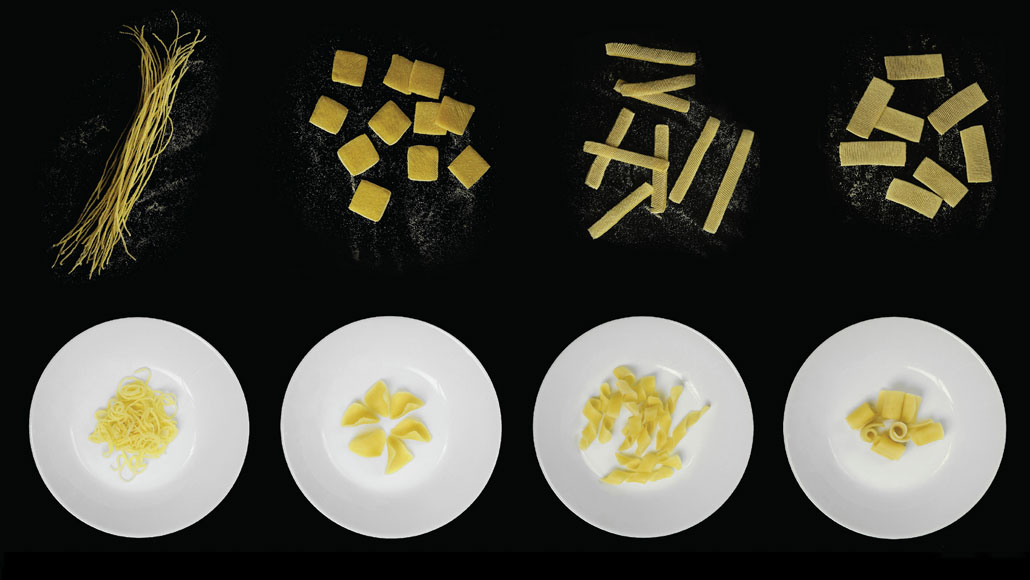colleague: Someone who works with another; a co-worker or team member.
liquid: A material that flows freely but keeps a constant volume, like water or oil.
morph: Short for metamorphosis, it means to change from one form to another (such as from a caterpillar to a butterfly) or from one shape to another. Or it can mean to evolve or mutate, where one or more parts of the genome undergo some sort of change in their chemistry — and potentially in their function. (in non-living systems) It refers to some thing, some policy or some activity that has undergone change, becoming something that looks or seems new and different.
robot: A machine that can sense its environment, process information and respond with specific actions. Some robots can act without any human input, while others are guided by a human.
silicone: Heat-resistant substances that can be used in many different ways, including the rubber-like materials that provide a waterproof seal around windows and in aquariums. Some silicones serve as grease-like lubricants in cars and trucks. Most silicones, a type of molecule known as a polymer, are built around long chains of silicon and oxygen atoms.
simulation: (v. simulate) An analysis, often made using a computer, of some conditions, functions or appearance of a physical system. A computer program would do this by using mathematical operations that can describe the system and how it might change over time or in response to different anticipated situations.
smart material: Materials designed by researchers to change in a controlled way when triggered by a certain temperature, stress, moisture or other stimulus.
solvent: A material (usually a liquid) used to dissolve some other material into a solution.
starch: A soft white chemical made by all green plants. It’s a relatively long molecule made from linking together a lot of smaller, identical building blocks — all of them glucose, a simple sugar. Plants and animals use glucose as an energy source. Plants store that glucose, in the form of starch, as a reserve supply of energy. Animals that consume starch can break down the starch into glucose molecules to extract the useful energy.








